Charlie Enright: Going back to school
Published on October 24th, 2019
In the early days of Scuttlebutt, the famous offshore French races were as foreign as the country. Blame it on the US educational system that did not mandate a second language, but the reports were all French to us.
These races launched careers and created super stars, and the Transat Jacques Vabre was one of them. This doublehanded test extends 4350nm from Le Havre, France’s to Salvador de Bahia, Brazil, and when the 2019 edition begins October 27, the course will be the classroom for American Charlie Enright.
After skippering in two Volvo Ocean Races, Enright and his 11th Hour Racing team is switching to the IMOCA 60 Class to be used in The Ocean Race 2021-22, the new and improved version of this crewed offshore round the world contest. But the IMOCA 60 is rooted in France, and so now is Enright.
He’s got the boat formerly named Hugo Boss that made its debut at the 2015 Transat Jacques Vabre, and he’s partnered with race winner (and Frenchman) Pascal Bidégorry. Scuttlebutt editor Craig Leweck checks in with Charlie for an update:
How’s your French?
My French is coming along, but it’s by no means great. I can basically express discontent or order a meal. That’s about it. Most of the words that Pascal has taught me aren’t for family audiences.
Shorthanded sailing is new to you. What have been some of the early lessons?
Take your time. Take your time because basically, thinking about it, doing it correctly once is a lot better than rushing and doing it wrong and having to do it twice or three times or four times. The amount of energy that you spend doing anything cannot be understated, so consequently, it is important to conserve energy while sailing in a shorthanded configuration.
But The Ocean Race is a crewed event. How will the Transat Jacques Vabre help in your preparation?
I need time in the IMOCAs, and this is where they race. So it is about getting into a competitive atmosphere, and by it being double-handed, and by the IMOCA already being an extreme machine, it has really forced me to reach. You only learn by doing, and the competition pushes you harder.
It’s been good to just get a holistic approach or perspective on what it’s going to take to sail these boats as an individual and then subsequently as a fully-crewed group of five. There’s not a lot of seats, and what’s unique is these boats are only sailed shorthanded, so it’s not clear what you need for a full team. I think getting a glimpse as it is will be helpful when we finally pick a crew.
How much time have you had in the boat?
I have basically been living in France since the beginning of July, sailing as many days as we can while also taking breaks for boat maintenance and modifications along with shoreside training. The good news is we have probably the best 2016 boat one could acquire, so we did well there, but the state of IMOCA 60 design has come a long way in four years, so there’s some little things that we’ve had to do to “keep up with the Joneses,” so to speak.
What’s it like sailing these boats?
Everything you think you can adjust, you can adjust. But once you adjust one thing, it’s a big circle and everything’s reliant upon everything else. As a result, it’s pretty easy to change too much and get lost. I think keeping it simple, especially for us, coming kind of straight out of the box, will be important. The boats are light. They’re high performance. They fly, and the pictures look good, but dang, there’s a lot of slamming, a lot slamming. When they’re displacing, they feel lighter than a lot of the ocean racing boats that we’ve sailed in the past, but when you’re flying, it kind of feels like a Mack Truck.
I hear life onboard is dangerous.
With the advent of foiling, it’s pretty heinous down below. The slamming zones have moved significantly aft, so there’s really nowhere comfortable on the boat. We’re debating right now whether we’re going to take a bunk bed for sleeping or a bean bag chair. We’re debating this as the bean bag feels safer. You just plop down where you can plop and wake up when you’re needed.
The education on learning wind angles and sail selection for best performance must be massive.
I’d be lying if I said the ultimate goal wasn’t just to get to Brazil. The data acquisition from this race and the subsequent delivery back is a big part of our program moving forward. So whether it’s polar refinement, sail crossovers, or foil optimization, just being out there and learning is a big part of what we’re doing.
You said how the design evolution has continued. Explain.
The Hugo Boss foils used to be the biggest, baddest things around, and here we are at the start of the TJV looking around and we got foil envy. Things aren’t as big as they used to be. You look at some of the foils on the new Hugo Boss and the ARKÉA PAPREC, and it’s interesting times for the class.
During the last IMOCA cycle leading up to the 2016-17 Vendée Globe, there was really just one design office, VPLP-Verdier, so a lot of the boats were the same. But you look now, with several offices at work, you get boats that look drastically different. It’s like the Wild West now so it’ll be interesting to see what happens in the next month.
Breakdown the Transat Jacques Vabre course for us.
Le Havre is further up the English Channel than some of the other races, and this time of year there’s generally a lot of low-pressure in and around the UK, which means predominately winds of the west – upwind for us. This means getting out the channel can be pretty tricky. This year could be abnormal, but typically there is either a frontal encounter or a low-pressure system before getting into some nice northerlies off the Iberian Peninsula, which then sends you down into the Trades. Approaching the equator is about sliding west, and once along Brasil you nicer weather at the end.
But before the Iberian Peninsula is the Bay of Biscay. That region is evil.
It’s often referred to as the Bay of Certain Death, and it’s a well-earned reference. We’ve been training there all summer, and while the summer wind patterns can be pretty benign, but later in the season it’s gotten windier and windier and windier. Even the delivery to Le Havre was pretty vicious. So yes, it’s not a great place to be this time of year, but it’s going to be the same for everybody.
What’s your next step after this race?
We’re going to sail back to France fully crewed so we need to make some changes to the yacht so that it can do that in a more comfortable manner. That’s going to be a big part of it for sailing around the world, to learn how six people exist on a boat like this. It hasn’t really been done before, so having it retrofitted to do that will be an education. We will continue with foil refinement,, sail development, crew trials. For 2020, the world’s our oyster, a little bit. There’s nothing on the schedule, so to speak, except a lot of sailing.
Will there be a new boat built for The Ocean Race 2021-22?
Unconfirmed at this time. That’s certainly the goal, but we’ve got a lot we got to get through with this platform before we decide if that’s viable, necessary, in the cards, affordable, all of the above. But it’s certainly what we’re aiming for.
Race details – Entry list – Facebook
First held in 1993, the biennial Transat Jacques Vabre has three fleets of doublehanded teams – Class40s, Multi50s, and IMOCA 60S – competing from Le Havre, France’s to Salvador de Bahia, Brazil. The 4350nm race starts October 27.




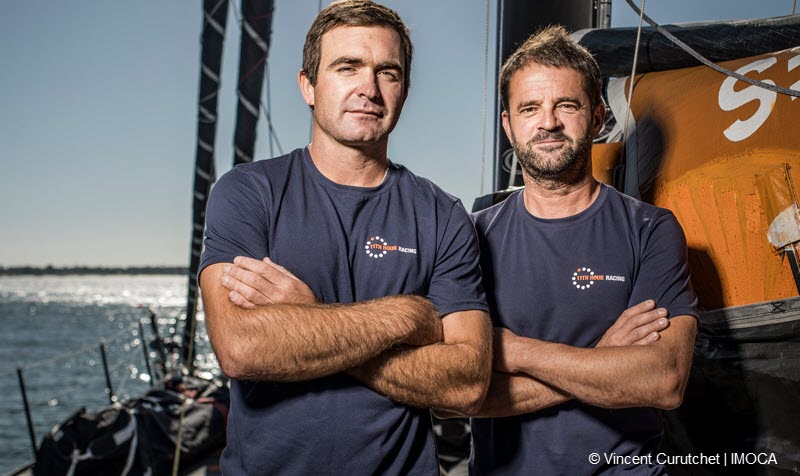
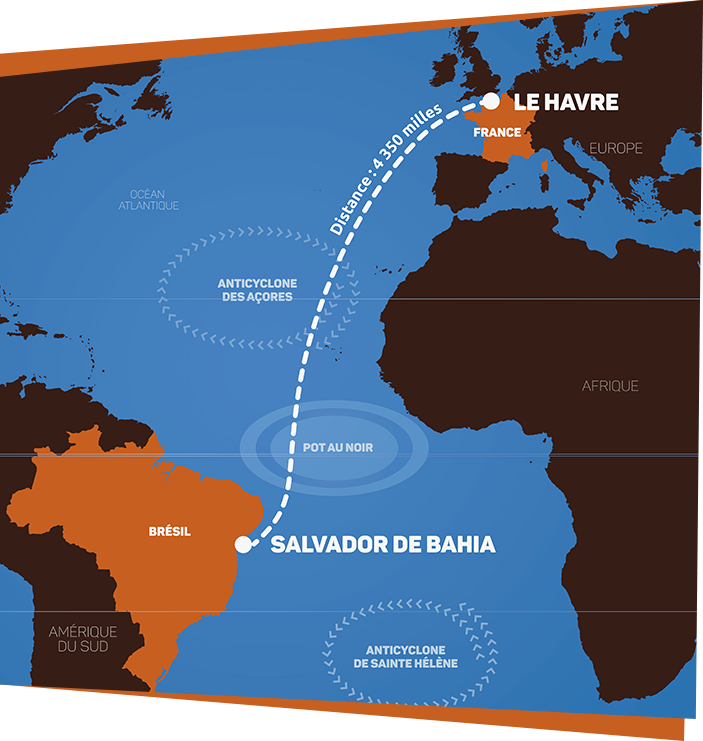

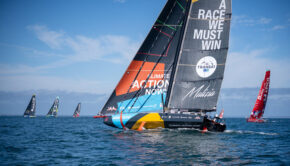
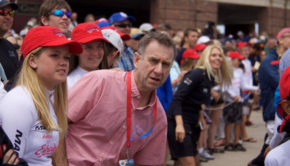
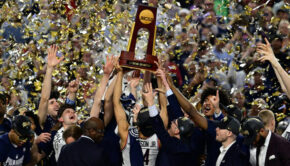
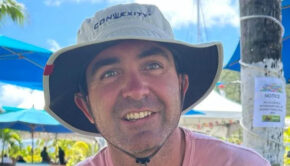
 We’ll keep your information safe.
We’ll keep your information safe.